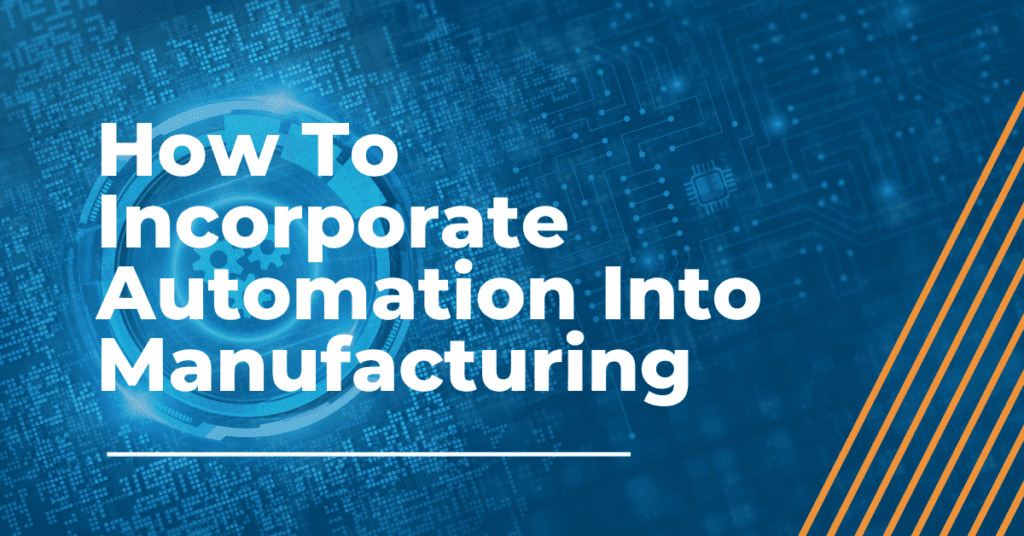
How To Incorporate Automation Into Manufacturing
With labor shortages becoming more apparent and common, manufacturers are now being forced to adapt their processes. This is causing plant managers and assembly teams around the world and in the U.S. to ask themselves the real question: Where do I start in automation? The thought of incorporating automation into your manufacturing business can seem like an overwhelming project when timelines are crunched and the stakes are high. With a tight budget, deadlines you have to meet and pressure from suppliers, many might choose to not risk automation. With the right plan however, one can seamlessly start to incorporate automation into manufacturing processes with high returns and low risk.
There are many steps that need to be taken and decisions that need to be made in order to ensure a smooth transition. Here is a high-level look into how to incorporate automation into manufacturing.
Identify a Process Controller
Deloitte Insights recently published data that indicates “manufacturers are finding it 36 percent more difficult to find talent today than in 2018, even though the unemployment rate is much higher than in the
Incorporating automation processes for an already existing assembly will take some thinking through. When taking on this task you will find yourself in situations that require a solution that may not have existed before. A smart and effective way to combat these situations is to first identify a process controller. This is someone in your organization or an automation partner like AMS, whose job will be dedicated to studying the current process, finding the solutions and successfully incorporating automation into the process.
The process controller must have in-depth knowledge of automation and the specific process you are attempting to automate. In manufacturing, it’s important to remember the stakes are very high and you must trust the person who is the controller in charge of your automation. There are many considerations to be looked at in this step so be sure to be thorough in who you choose to spearhead the automation. Hiring a machine builder with a positive and similar track record relevant to your business would be the least risky scenario.
Collect Data
The automation industry
Ask yourself the right questions about what the problems are and how they can be fixed. One way to understand the process and a possible solution better is to collect data. By studying the old processes and how the solution is unique can help aid the automation process. Having someone who can seek information to answer the automation pain points early in the process can save time and headaches.
If you have decided you want to look externally for an automation partner, understanding what type of automation you will need is vital. Automation has many different sectors and applications. Partners who match your scale and scope can use their previous experience to tackle your pain points with tried and tested solutions that can save time and lots of headaches. You must also figure out if you’ll need parallel workflows or add conditional tasking processes. One way to discover what automation process you need is to diagram the current process for better understanding. Finding an automation company with the right core competencies or solutions similar to your industry and pain points is a very probable outcome of success.
>>Searching for an automation partner? Download this checklist to find the right supplier for you and your project.
Define Performance Indicators
Automation of a factory is not a process that should involve guesswork. Automation companies can come By setting objectives and attainable goals for your new automation process near the beginning you can define a goal you are trying to achieve. Use the data you have obtained from studying the former process and evaluate how much production is needed to improve your cycle times. With key performance indicators in place, the newfound processes have a metric for measuring success.
Test the Newfound Process
With a tried and tested machine that has high repeatability and a lower cycle than previous processes, you have successfully automated a part of your manufacturing. The implementation of the automation process should be smooth, relative to how sure you are of your testing
Choosing Your Automation Business Partner
AMS is committed to clear, honest and timely communication to ensure your project’s success. Learn more about our proven process or book a virtual application review to discuss your next automation project.
